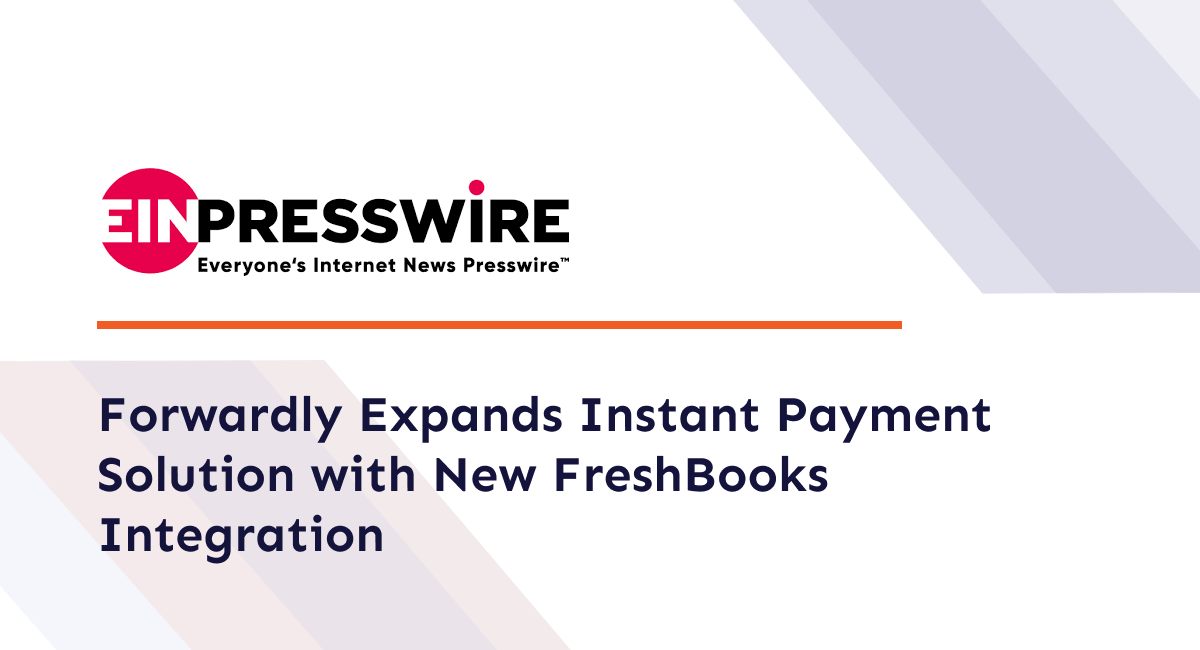How Lenders Can Make It Up To SMEs In 2022

Originally published on Forbes.com
Nick Chandi is the CEO of ForwardAI, which offers easy, versatile business data access and analysis for banks, lenders, and fintechs.
In the past decade, I have seen several financial institutions embrace innovations, but many were still reluctant to adopt new technologies. The pandemic has broken the status quo and accelerated the change in customer expectations that was probable to happen in the new Roaring ’20s. With customers clamoring for better services, financial institutions need to learn how direct application programming interface (API) integrations can better support small-business clients. By granting customer-permissioned data access, real-time API integrations can transform the small and medium-sized enterprise (SME) lending experience.
As the CEO of a company that provides accounting API solutions, I’ll first discuss why we need to change from a traditional lending style to leveraging modern technology. In the past, SMEs would approach lenders directly to apply for loans. However, as most tasks require manual labor during the application process, this delays loan processing and underwriting. Some of the most common traditional lending constraints are:
• Scattered documentation. Borrowers have to submit financial documents lenders need for underwriting, but these documents are usually scattered and can take a lot of time to compile. This often causes a long delay to the entire lending process before the underwriter can even begin reviewing the loan application.
• Lack of transparency. Traditionally, real-time accounting data wasn’t available, and financial information was limited. So lenders were stuck between making risky decisions or turning down borrowers with minimal credit history.
• Inflexible options. The traditional lending process lacks flexibility in several areas, such as opening hours, capital availability, dependency on borrower-provided financial data, and holding standardized loan repayment processes and policies for all borrowers.
With digitization and growing customer demands, SMEs are no longer satisfied with the traditional lending experience. Instead, lenders need to provide SMEs quick, secure and personalized lending experiences — which can be made possible by utilizing accounting API integrations.
Why are APIs so important here? Well, an accounting API is a secure and seamless data transfer process. A third party can easily access customer-permissioned business insights by incorporating this tech. In other words, lenders with accounting API integrations can get all the financial information they need by simply asking an SME client to log in to their accounting software.
With permissioned access to an SME’s accounting data, lenders can review, analyze and validate finances with banking and financial data from one place. This assists lenders in identifying risks, cash flow gaps and suspicious transactions, which acts as an early warning indicator for lenders.
Real-time data provides a strong, accurate and reliable base to assess an SME’s financial health. This allows lenders to look at financial insights beyond a simple credit or FICO score rating and capture new clients that would have otherwise been declined. Credit-invisible business owners can be evaluated by their day-to-day merits instead of having an application thrown away for lack of history.
Accounting APIs expedite the most time-consuming part of traditional lending processes. With direct and real-time access to SMEs’ databases, things like filling out a business’s financial and accounting data manually or preparing paper-based loan approvals may become obsolete. Accurate and standardized data processing can help lenders review and underwrite quicker to make faster decisions.
Converting raw accounting data into meaningful information can also help lenders capture more SMEs with personalized offers. Accounting APIs can aggregate historical and present data and use the insights to forecast future cash flow. With more information and easier access, lenders can preset criteria to automatically customize credit offerings for each SME using various financial data points, or even preapprove them.
As we move toward open banking, lenders have more and more accounting API integrations to choose from. That’s why when selecting, it is crucial to keep the final goal in mind, whether that be enhancing customer experience, identifying fraudulent transactions, streamlining risk assessment or something else.
To avoid common pitfalls and ensure successful results when rolling out an accounting API integration, here are some factors for companies to consider when choosing which API is best for them:
• Choose a clear project objective. Accounting API integrations can unlock many new opportunities and insights, but they are only tools, not solutions to all business challenges. Be strategic about how you implement your chosen integration, and decide clear objectives and outcomes to help guide the process.
• Identify key performance indicators (KPIs) to measure success. With a clear objective in mind, companies need to decide how they will measure success. Establishing KPIs will help companies see if there are clear results and benefits before and after implementation. This could be growth in loan volume, higher loan approval rates, faster loan approval time or better customer experience ratings. Decide what is vital for the organization, and measure it.
• Make sure there are sufficient implementation resources. This is essential, especially for companies without a development team to implement the accounting API integration. Some providers have outstanding accounting APIs but fail to provide the resources needed to implement them, leaving companies stranded with a product that’s virtually unusable to them. Make sure there are enough resources with the API provider or in-house to ensure a successful rollout.
By using an effective, well-implemented accounting API, lenders can streamline the entire lending process while potentially capturing more clients. Lenders can make quick underwriting decisions confidently with APIs that provide access to real-time information and in-depth analysis. When lenders can deliver a better SME lending experience faster at a lower cost, everyone is better off.
Originally published on Forbes.com


